December 6, 2022
Cost And Time Savings with Clear 3D Printing
READ TIME: 7.5 MINS
What's Clear About Clear 3D Printing?
To get the most precise parts, you need the most transparent materials.
Achieving clear 3D printed parts can be challenging if you lack the right materials and technology, but the value and versatility of clear parts make finding the right materials a hurdle worth overcoming to address your customers’ advanced applications.
This post explores examples of applications where combining transparent materials and clear 3D printing can bring new insights, innovation, and significant time and cost savings.
Advantages of Clear 3D Printing Parts
No other manufacturing process produces clear components for product development more cost-effectively than 3D printing.
In addition to key product development advantages, 3D printing enables increased design complexity because parts are created one layer at a time. The additive process allows intricate, highly complex geometries and features to be produced that would otherwise be unattainable due to the constraints of traditional manufacturing methods.
The value of clear material is the ability to see through or into a component that mimics a final product. Combining 3D printing with clear materials merges visibility advantages with geometric freedom, enabling designers and engineers to test, verify, and deliver better-performing products more thoroughly and speed development timelines.
For some applications, design evaluation necessitates additional material properties such as thermal or moisture resistance or a particular strength threshold. Knowledge of and access to various materials can help you choose the best material for designers’ and engineers’ specific applications.
3D PRINTED PROTYPES LOWER COSTS BY ALLOWING YOUR CUSTOMERS TO:
Get visibility into the workings of a complex assembly
Functionally test fluid and gas flows through a system
Significantly reduce the length of total product design cycles
Where Clear Printing Materials Matter
With the right materials and post-processing techniques, 3D printing can produce clear parts that simulate the appearance of glass, polycarbonate, acrylic, and other transparent materials, which is helpful for design verification where transparency is needed.
The practicality of clear printing extends beyond one-to-one representations and can be used for a broad range of advanced design verification and functional prototyping. The ability to see into a part or system during testing is tremendously beneficial and expands the applications and value of clear printing accordingly.
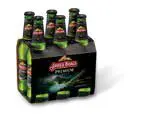
PACKAGED CONSUMER GOODS
- Bottles, cosmetics, cleaning products, personal care, etc.
- Lenses and light covers
- Housings and enclosures
- Complex assembly prototypes and verification
- Demonstration models and executive reviews
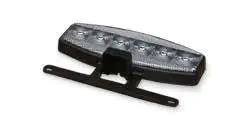
AUTOMATIVE & AEROSPACE
- Lenses and light covers
- Fluid flow visualizations in sub-systems or components
- Moving vehicle turbulence and drag (ship, auto, train, bus)
- Computational Fluid Dynamics (CFD) verification
- Complex assembly prototypes and verification
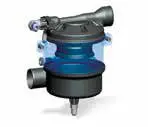
INDUSTRIAL & ELECTRONICS
- Engine, turbine, and transmission covers, housings, components
- Valves, pipes, pumps, pressure, and flow devices
- Computational Fluid Dynamics (CFD) verification
- Light pipes and LED covers
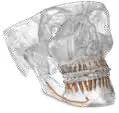
HEALTHCARE & DENTAL
- Anatomical models
- Fluid flow in biological vessels and medical devices
- Medical models and devices
- Microfluidic devices
It’s Clear Because… You Need a Visual on Interferences Within Your Assembly
Being able to see into an assembly helps designers find out what is and isn’t working in their design, and problem-solve to improve space claims and how various mechanisms interact.
VAULT is a leading manufacturer of tablet enclosures for the point-of-sale industry, and offers highly configurable and customizable solutions. The company uses 3D Systems’ stereolithography (SLA) 3D printing solution with Accura® ClearVue™ material within its development workflow to accelerate and improve communication, both between departments at VAULT, as well as with the end customer.
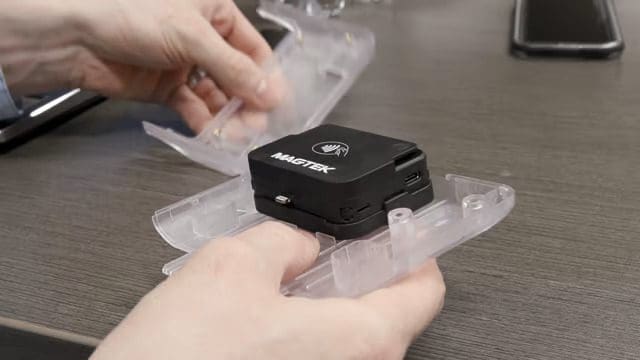

“Customers don’t always understand how things will ultimately integrate and fit, so there’s a real utility and cool factor to being able to print in clear,” says Quentin Forbes, VP of Engineering at VAULT. “When you can see through a part, there’s really no discussion, there are just solutions and resolved questions.”
It’s Clear Because… You Want the Most Aesthetically Clear Part for Automotive Lenses and Headlamps
Clear printing provides a quick and cost-effective way to prototype clear parts.
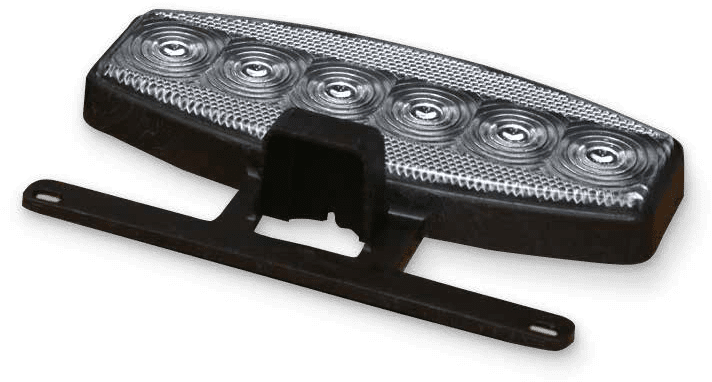
TecNiq is a leading provider of LED lighting solutions based in Michigan that uses 3D Systems’ SLA 3D printing in almost every part of its business. According to company president Jeff Condon, clear 3D printing is serving both the engineering and business side of his organization. In terms of engineering, his team is able to use Accura® Clearview™ prints to check snap-fit functionality and address potential tooling problems in assemblies before they become larger issues.
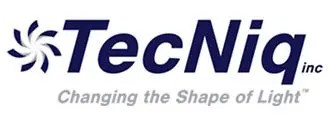
From a business perspective, Condon says: “Customer decisions made since we’ve introduced clear 3D printing are delivering a measurable ROI.” TecNiq has even had two lamps meet U.S. Department of Transportation output specifications “right out of the printer,” according to Condon.
It’s Clear Because… You Need Visibility into a System or for Visual Evaluation of Fluid Flow
When testing fit, function, serviceability, and assembly, see-through parts replace guesswork with observation and insights.
Engineers in the filtration department at Parker Hannifin, the global leader in motion and control technologies, have reported great success using 3D Systems’ clear SLA materials to observe oil flow within a separator system, among other applications. The speed and easy integration of 3D printing into Parker Hannifin’s workflow helped the company develop and prove an optimized prototype within three weeks according to its R&D Manager.
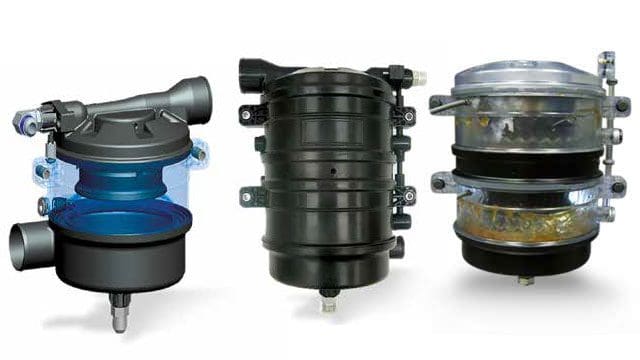
It’s Clear Because… You Need Visibility Through an Anatomical Model or Drill Guide
The ability to selectively color clear 3D prints is of great benefit in the field of anatomical modeling and surgical planning.
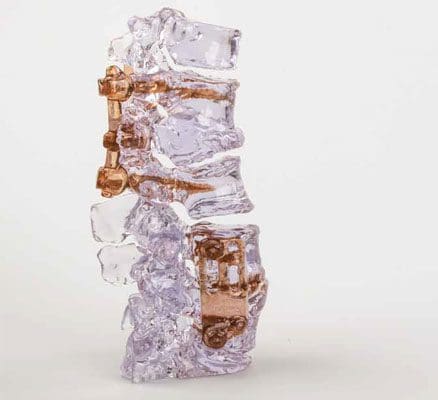
Selective coloring is particularly useful for obtaining a better visualization of specific anatomical features. Features such as veins, nerves, and tooth roots, as well as masses such as tumors, can be selectively colored in certain clear materials and used to help plan surgeries and for reference within the operating room. Clear 3D printing is also popular for producing drill guides used in dental applications due to the ability to visually confirm that they are sitting properly.
3D Systems’ Range of Clear 3D Printing Materials
TriStar is a 3D Systems partner, offering 11 different clear materials that can be 3D printed using the industry’s leading 3D printing technologies: stereolithography (SLA), MultiJet Printing (MJP), and Figure 4 projector-based printing.
Each technology offers a unique set of clear or translucent materials, and each technology comes with its own range of features and benefits that you can match to your specific applications and industry requirements.
If you need large-size, ultra-clear parts with high accuracy and surface finish for industries such as automotive, aerospace, or white goods, then stereolithography may be your technology of choice. The benefits of MJP Technology are numerous:
- With its highly efficient soluble-support process, is suitable for delivering clear parts as complex assemblies straight out of the printer or for the multi-material capability that mixes clear and opaque components within the same printed part.
- Delivers medium-sized prototype parts that can simulate properties such as polypropylene or ABS and high heat deflection temperatures ranging from 90°C to over 250°C for tooling in indirect manufacturing applications.
If you need real production-grade clear parts that will remain stable for years without the rapid onset of brittleness or yellowing from additional UV exposure, Figure 4 technology may be the choice for you.
Figure 4 is ideal for when you need to deliver long-term clear parts at high speed in high volumes, batch runs of relatively small clear parts with the ability to easily and quickly scale to larger quantities, or extremely high heat deflection temperatures of 300°C or more are required—as long as an amber tint to the parts is acceptable.
How to Get Clear 3D Printing Parts
STEREOLITHOGRAPHY
If your customers need the clearest of the clear, 3D Systems Accura® ClearVue™ is the industry’s clearest 3D printing material available, outperforming the closest competitors by as much as 7% in clarity, with up to 500% less green tint and up to 400% less yellowing. For certain applications, however, additional material properties are of equal or greater importance to clarity, such as strength or temperature resistance. When selecting a clear material for an application, consider your customers’ needs holistically to find the solution best suited to the specifics of their project.
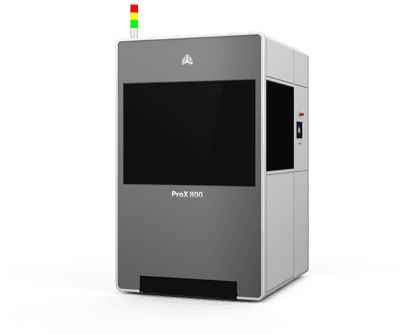
MULTIJET PRINTING
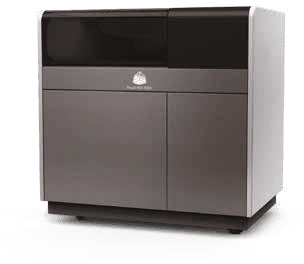
The clear printing materials available for 3D Systems’ MultiJet Printing (MJP) technology cover a range of material properties from high strength and rigid to flexible with extreme toughness. This range allows you to select the mechanical properties your customer’s application demands, rather than a compromise between performance and clarity. 3D Systems’ MJP printers use a melt-away wax support system that leaves no surface support artifacts and allows for support removal from fine channels. This support wax can be capitalized to mark or decorate the part internally by applying volume demarcations to containers; company branding or logos to covers; or internal barcodes and QR codes for lot control, just to name a few creative applications.
FIGURE 4® PRINTING
Figure 4 3D printing is ideal for when you require high-speed, high-volume clear printing of smaller-sized production-grade clear parts. In addition to print speed, Figure 4 maximizes productivity with a short post-cure step that does not require thermal curing. You can also densely pack or nest parts into the build chamber in the most convenient orientation without sacrificing part isotropic properties.
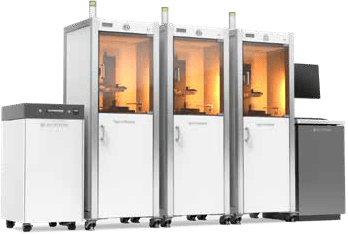
What’s Next For Clear 3D Printing?
Clear 3D printing offers plenty of benefits for manufacturers and engineers alike compared with traditional manufacturing methods such as injection molding. These include providing aesthetically pleasing designs that allow internal structures or components to be seen without having to break them open or cut away material and enabling functional components that save time and money.
So why not take advantage of these benefits today? Start seeing clearly with clear 3D-printed parts!
TriStar Experts are ready to help you find the right solution.
Links to Other Pages
-
Blender vs Fusion 360: Compare Blender and Fusion 360 to determine which 3D modeling software best fits your design needs and workflow.
-
Simulation Live with Creo: Discover how Simulation Live with Creo accelerates design validation by enabling real-time simulations directly within your CAD environment.
-
Creo Simulation Live ANSYS: Explore how Creo Simulation Live integrates with ANSYS to deliver advanced simulation capabilities and improve design performance.
-
Windchill Change Management Software: Learn how Windchill Change Management Software enhances collaboration and control by streamlining change processes across teams.
-
3D Model Optimization With Creo 7: Understand how Creo 7 optimizes 3D models, improving design quality and simplifying the overall development process.
TriStar Digital Thread Solutions welcomes questions. Feel free to CONTACT US if you can’t find what you’re looking for, or call us at 800-800-1714









Leave A Comment